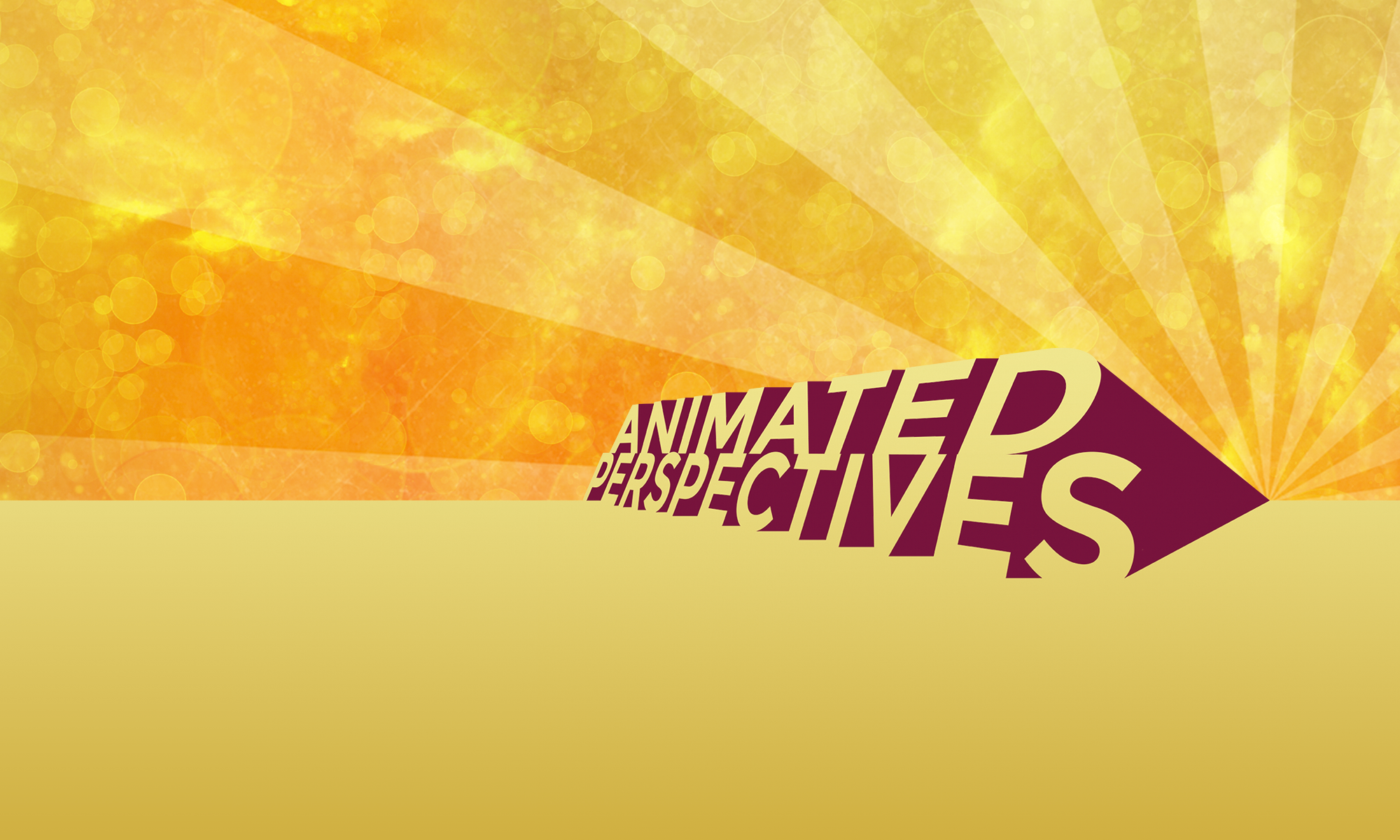Animation is an amazing medium to communicate stories and human experience through. Animated films can have a major impact on the people who watch them. With all of this potential reach animation has, you might think the people who create these films think about the audiences they are putting their content out to; however, this is not always the case. While there are fantastic stories created with animation that portray minorities well, or touch on serious topics, one major area is often overlooked when it comes to animated film and tv. There is a lack of representation of disabled persons, specifically deaf people, in animation.
Disabled Character roles?
People with disabilities are usually not shown in animation, and when they are, it is often not a main character. This lack of representation is upsetting because children who watch these shows will not have a character to look up to who is like them. It is important that companies who make far reaching film and tv start pushing for more diverse content that normalizes these disabilities to show these children they can have a great life like anyone else. Quasimodo (shown below) is one of the very few disabled characters in any animated film or show that is not only a main character, but is portrayed in a way that shows how human he is and the kindness in his heart.
Even in modern film, there is a lack of representation. The recent movie The Peanut Butter Falcon was a major step in the right direction. The main character and actor has down syndrome and the actor was able to present at the oscars, which was the first in history.

Is being Deaf a disability?
There is controversy about whether or not being deaf is an actual disability. Due to the physical difference, it is categorized as one because most people can hear. The Deaf Community does not always agree with this. Studies show that deaf people can grow up and be just as socially mature, intelligent, and well-adjusted as their hearing peers because the disability does not have to do with cognitive ability. Deaf people see this “disability” more as a difference and protest that they are just as capable as any hearing person. The way deaf people are taught and treated also has an impact on this. Deaf people who grow up learning sign language learn the same as hearing people, just in a different way. A deaf person who grows up being forced to learn oral skills and lip reading can often struggle being in hearing schools and feel ostracized or left out. This video about a girl in hearing school is a great example of this how animation can tell a story like hers in a way other mediums couldn’t.
Lack of Representation
Whether or not you as an individual consider deafness as a disability, it is still underrepresented in animation. Watchmojo.com put out a list of the top 10 deaf animated characters in tv on their website, and almost all of them were minor characters on shows that are not well known at all. Not only does it make deaf people seem weird to hearing children or children who do not have direct experiences with disabled people, but it can communicate to those children who have disabilities, or are deaf, that they can only be side characters in life. Even when researching about deaf representation for this blog, there was a severe lack in information and research. Most of the articles were written by upset mothers or college students in papers for their classes. It is clear that this issue is not really being considered or looked into. It is sad to see such an important topic to be overlooked. When searching on the internet about Sign Language specifically in animation, the only topics that came back were about technology, not stories.
Animation is currently being used to teach sign language. Apps, such as Mimix3D, and technological advances (shown below) have allowed people to create various ways of capturing ASL in a 3D space that people can use to learn the language. This is an amazing tool, but unfortunately is not well known. The information on these technologies can only be found easily if you are looking for it. While this is great, it is still upsetting that the stories behind deaf people are not portrayed. The apps do not teach about the vast culture or individual experiences like animation could.
Companies need to make a change
If major companies, such as Disney or Dreamwork’s Animation, started creating more content that featured disabled people, the industry would start to change. Right now due to the lack on representation, people are not really thinking about the issue or considering it. If a company with power made a compelling story about someone with a disability, it would bring light to the issue and might help motivate people to discuss these topics more, normalizing the content and creating a real difference. It is disappointing at this point in the current state of the world that there is still such a lack of representation for minorities or people with disabilities. Animation has endless possibilities and should be used in that, pushing the envelope on storytelling instead of retelling basic stories without representation.
Sources: –
https://www.psychologytoday.com/us/blog/talking-apes/201802/is-deafness-really-disability
https://watchmojo.com/suggest/Top+10+Animated+Deaf+TV+Characters
By Christian Boggs, Senior Animation Major at Loyola Marymount University.




